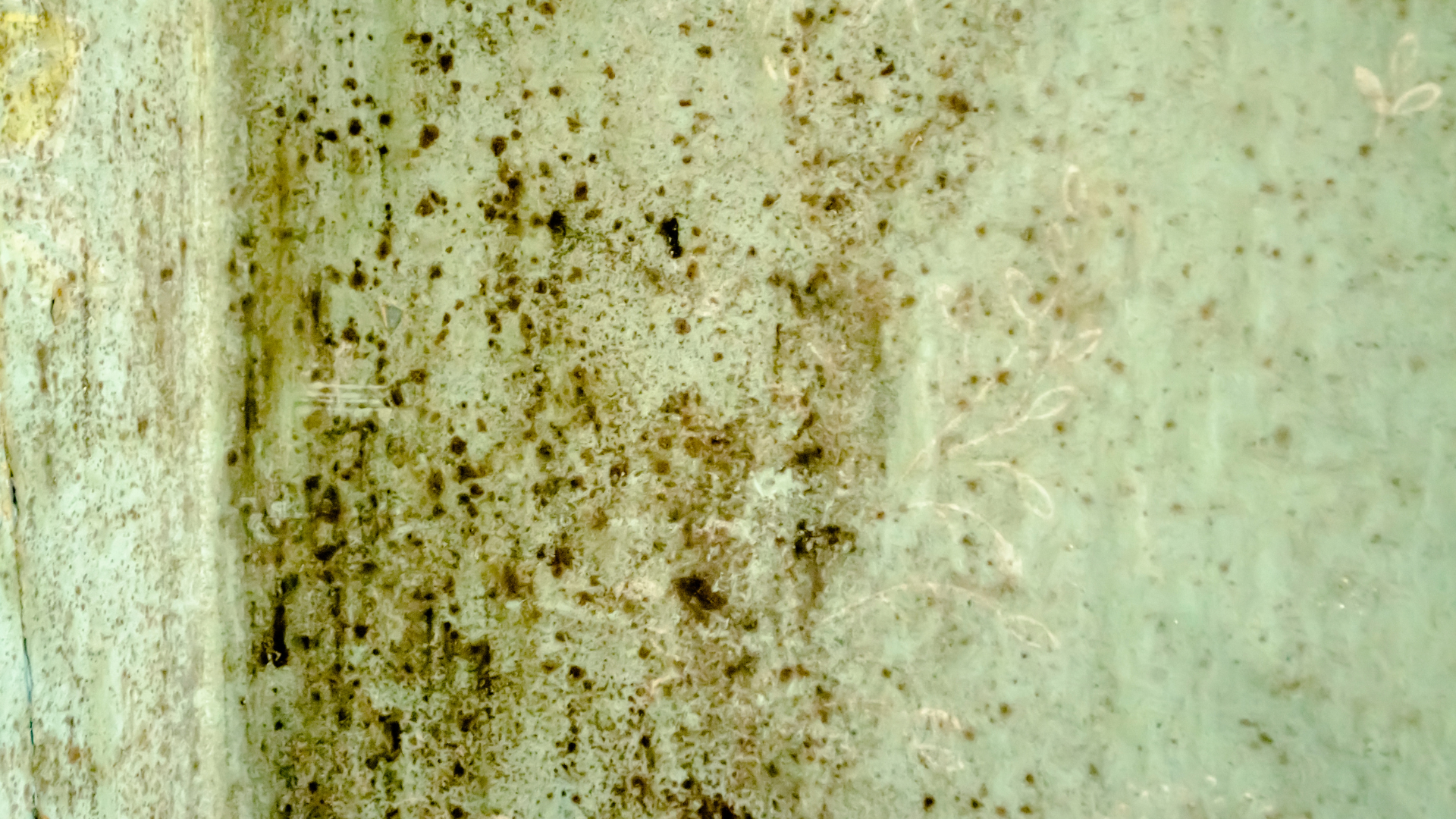Mold might seem like just another household nuisance, like a squeaky door or a leaky faucet, but it’s much more than that. In fact, mold can be a silent intruder, creeping into your home or office without a formal invitation, and it’s not just a cosmetic issue. It can impact your health, damage your property, and make your space feel less safe. So, how do you know when it’s time to consider mold testing? The key lies in recognizing the warning signs and taking action when you spot them.
Understanding Mold
Before we get into the signs, let’s take a quick look at what mold actually is. Mold is a type of fungus that grows in damp, warm environments. Think of it like nature’s recycler-breaking down organic materials like wood, paper, and even some fabrics. Sounds harmless enough, right? The problem arises when mold grows indoors, where it can quickly become a health hazard and a threat to your property.
There are many types of mold, but the ones that typically cause issues indoors are black mold, green mold, and white mold. While each type has its own characteristics, they all thrive in environments that are moist and poorly ventilated.
Key Warning Signs of Mold
The tricky thing about mold is that it doesn’t always make a grand entrance. It can start growing behind walls, under carpets, or in basements, going unnoticed for weeks or even months. Here are some of the most common warning signs that might indicate mold is lurking in your space:
1. Musty Odors
You know that damp, earthy smell that hits you when you walk into a basement or attic? That’s one of the first clues that mold could be present. Mold has a distinct odor, often described as musty or stale, that lingers in the air. If you start noticing this smell and can’t pinpoint where it’s coming from, it might be time to consider mold testing.
2. Visible Mold Growth
This one seems obvious, but it’s worth mentioning: if you see mold, you likely have a bigger problem than you think. Mold can appear as black spots on walls, green patches on the ceiling, or even white fuzzy growth on furniture. It’s not something to ignore. Once you see it, there’s a good chance there’s more hidden out of sight.
3. Water Damage or Leaks
Water is mold’s best friend. If you’ve experienced water damage due to flooding, leaks, or condensation, you’re at a higher risk for mold growth. Taking care of the source of any water intrusion can be important to prevent mold growth. For this reason, consider contacting professionals who can take care of roof leaks Tampa, or a place nearby, to stop the water flow. Ignoring such issues can lead to major issues over time. Even a small leak under a sink or a bit of condensation around windows can create a perfect environment for mold to thrive. If you’ve had recent water issues, it’s a good idea to get a mold test done as a precaution.
4. Health Issues
One of the most serious impacts of mold is on your health. Mold exposure can cause symptoms like:
- Respiratory problems – If you or someone in your household starts experiencing coughing, wheezing, or trouble breathing, mold could be the culprit.
- Allergic reactions – Unexplained allergic reactions, such as sneezing, runny nose, or itchy eyes, could be linked to mold in your environment.
- Headaches and fatigue – Chronic headaches, fatigue, or even dizziness may also be signs of mold exposure.
People with asthma, allergies, or weakened immune systems are especially vulnerable, but mold can affect anyone. If multiple people in your home or office are suddenly feeling unwell, it’s time to consider testing for mold.
5. Condensation on Windows and Walls
Do you notice excessive condensation on your windows, especially during the cooler months? That moisture can easily seep into walls, carpets, and other surfaces, providing the dampness that mold loves. If condensation becomes a regular issue in your home, it’s a red flag that mold could be growing nearby.
6. Peeling Paint or Wallpaper
If you spot your paint or wallpaper starting to peel or bubble, this could be a sign of moisture buildup behind the walls. And where there’s moisture, mold could be right behind it. Often, by the time you notice the paint issue, mold has already taken hold, making mold testing a wise choice.
7. Recent Renovations
Renovations can stir up dormant mold spores that may have been hiding behind walls, under floors, or in ceilings. If you’ve recently renovated and suddenly notice any of the signs mentioned above, it might be a good idea to test for mold, just to be on the safe side.
When Should You Consider Professional Mold Testing?
You’ve spotted some warning signs-now what? The decision to test for mold can depend on a few factors:
- Uncertainty – If you’re unsure whether what you’re seeing is mold or just dirt, testing can provide clarity.
- Health Concerns – If you or others in your home have unexplained health issues, it’s worth testing to rule out mold as the cause.
- History of Water Damage – If your home has a history of leaks or floods, especially if they weren’t fully dried out, mold testing is a smart move.
- Buying or Selling a Home – If you’re planning to buy or sell a property, testing for mold can prevent costly surprises later on.
Mold Prevention Tips
While mold testing can give you peace of mind, preventing mold in the first place is even better. Here are a few quick tips:
- Control Humidity – Keep indoor humidity levels below 50% to make your home less inviting to mold.
- Fix Leaks Quickly – Whether it’s a roof leak or a dripping pipe, address any water issues as soon as possible.
- Ventilate Damp Areas – Use exhaust fans in bathrooms, kitchens, and laundry rooms to keep moisture from building up.
- Clean Regularly – Regular cleaning can help you spot potential mold issues before they become a big problem.
The Bottom Line
Mold isn’t just an unsightly issue; it can cause serious health problems and damage your home. By keeping an eye out for the warning signs and considering mold testing when needed, you can protect your space and the people who live in it. Don’t wait for the problem to get out of hand-if you suspect mold, take action.


